Saving seeds from lettuce, kale, radishes, peas and other spring crops isn’t just easy, it’s also a great way to save big money.
Let’s face it, buying seed to grow your own food can be expensive. Heirloom seeds often run $2 to $3 or more for just a small quantity of seed. But by saving a portion of seed from plants growing in your garden, you can create your own home-grown seed store. And all for free!
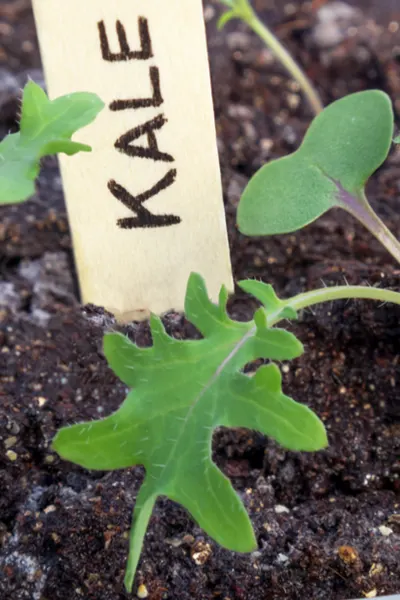
But the benefits of saving seed go beyond simply saving money. When you save seed from your best plants, you create a stronger, healthier seed stock. And that in turn leads to more productive plants, year after year.
And one of the easiest ways of all to save seeds is from your spring crops. Here is a look at what seeds to save, and how to save them from some of the more common spring crops.
Saving Seeds From Spring Crops
Before saving any seed, it is important to make sure your plants are an heirloom, or open-pollinated variety. Heirloom varieties will produce the same seed for the same variety year after year.
Unfortunately, the seed of hybrid plants do not replicate into the same plant. In fact, in many cases, they won’t germinate or produce any flowers or produce at all.
Saving Seed From Lettuce & Greens
Whether it’s leaf lettuce, kale, arugula or spinach, saving seed in the spring from the “greens” family is a snap. And since you can grow these crops in both the cool of the spring and fall, always having seed on hand is a must! (See: Growing Lettuce – Experiencing Real Fresh Flavor)
As these crops begin to age, the plants go through a process known as bolting. Although bolting causes vegetables to become bitter in taste, it also forces seed production.
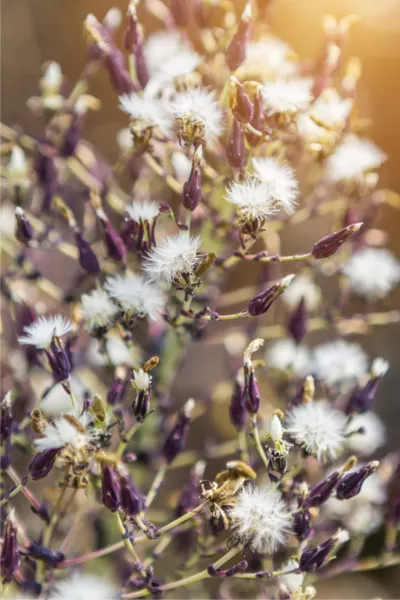
When a plant bolts, it begins the process of flowering. With most greens, a stem shoots up and a seed-head forms. For lettuce, it almost appears like a dandelion. While for kale, spinach and arugula, it is more of a wispy flower.
To save the seed from these spring crops, all you need to do is let the seed head dry, and them brush the seeds into a container.
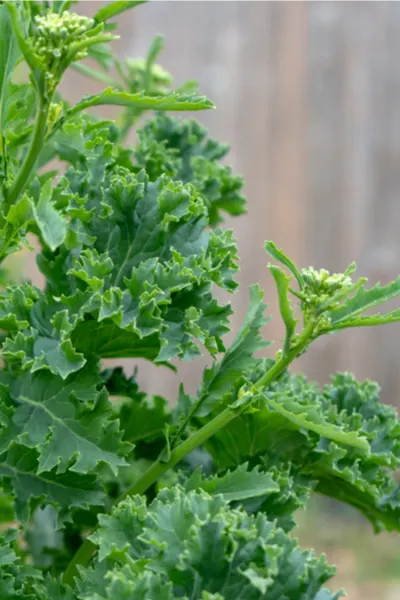
To maintain freshness, store in a bag or closed container and keep in a cool dry place. You can also freeze seeds as well if you are trying to preserve for more than a single year.
Sugar Peas / Snap Peas
Of all spring seed crops, snap peas may be the easiest of all when it comes to saving seeds. All it takes is a little patience. In fact, Mother Nature will do most of the work for you!
As the crop begins to mature, select a few plants that performed well for seed saving. Leave the pods on the plant, and allow them to dry completely as the plant dies off.
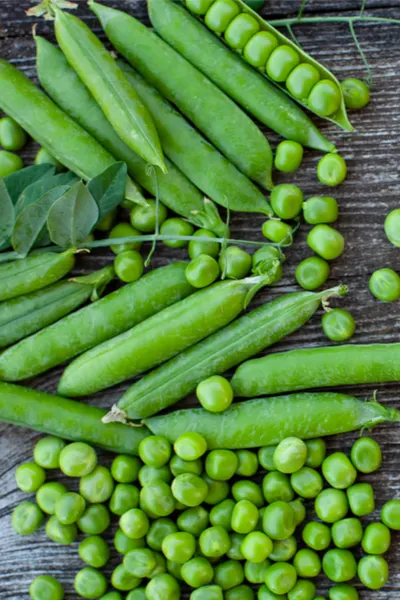
Then, simply shell the peas, and store in a cool, dry location for planting again. It doesn’t get any easier than that!
Radish
Radishes are one of the fastest growing spring crops of all, and saving their seed is quite easy too. As radishes age and begin to bolt, they produce pods. And it is inside of these pods, much like with peas, where the seed lies.
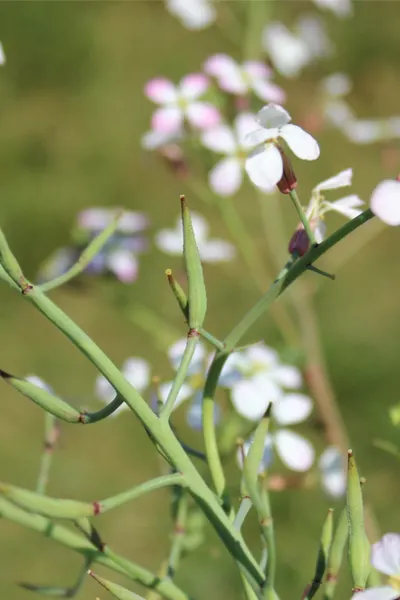
The key to success is to allow the pod to dry while still on the vine. Select a few of your best looking plants, and allow to bolt. As soon as the pods have dried out, pick, shell, and store for seed.
And What About Carrots?
Although it is possible to save seed from carrots, the method is a bit more involved. Carrots are a biennial plant, producing seed in their second year of growth.
That means if you really want to save those carrot seeds, you will need to overwinter plants for a second year. For many, it is simply too difficult, and purchasing fresh seed is best option. But if yo
A Few Extra Notes On Saving Spring Crop Seeds
Finally, if you are growing more than one variety of an heirloom vegetable (i.e. 2 different pea varieties), the crops should be grown apart from one another to keep from crossing into a new seed.
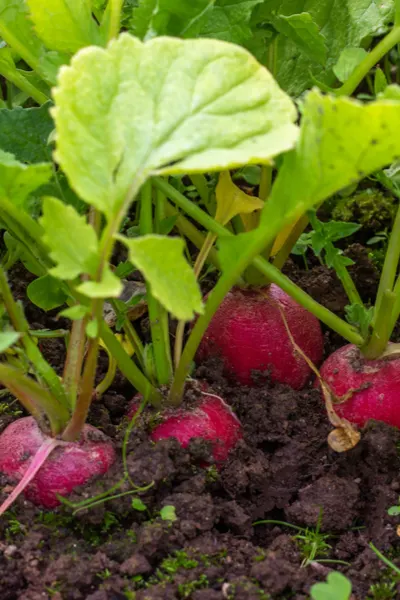
Looking for more information on starting seeds? Take a look at our article: The Best Seed Crops To Sow In Early Spring – Get Your Garden Off To A Fast Start!
Here is to saving seeds from your spring crops, and to saving big money on your gardening budget! For more information on saving seeds from vegetable plants, see our article: How To Save Seeds From The Garden.
This Is My Garden is a website dedicated to spreading the love and knowledge of gardening around the world. We publish two new garden articles each week. This article may contain affiliate links.

